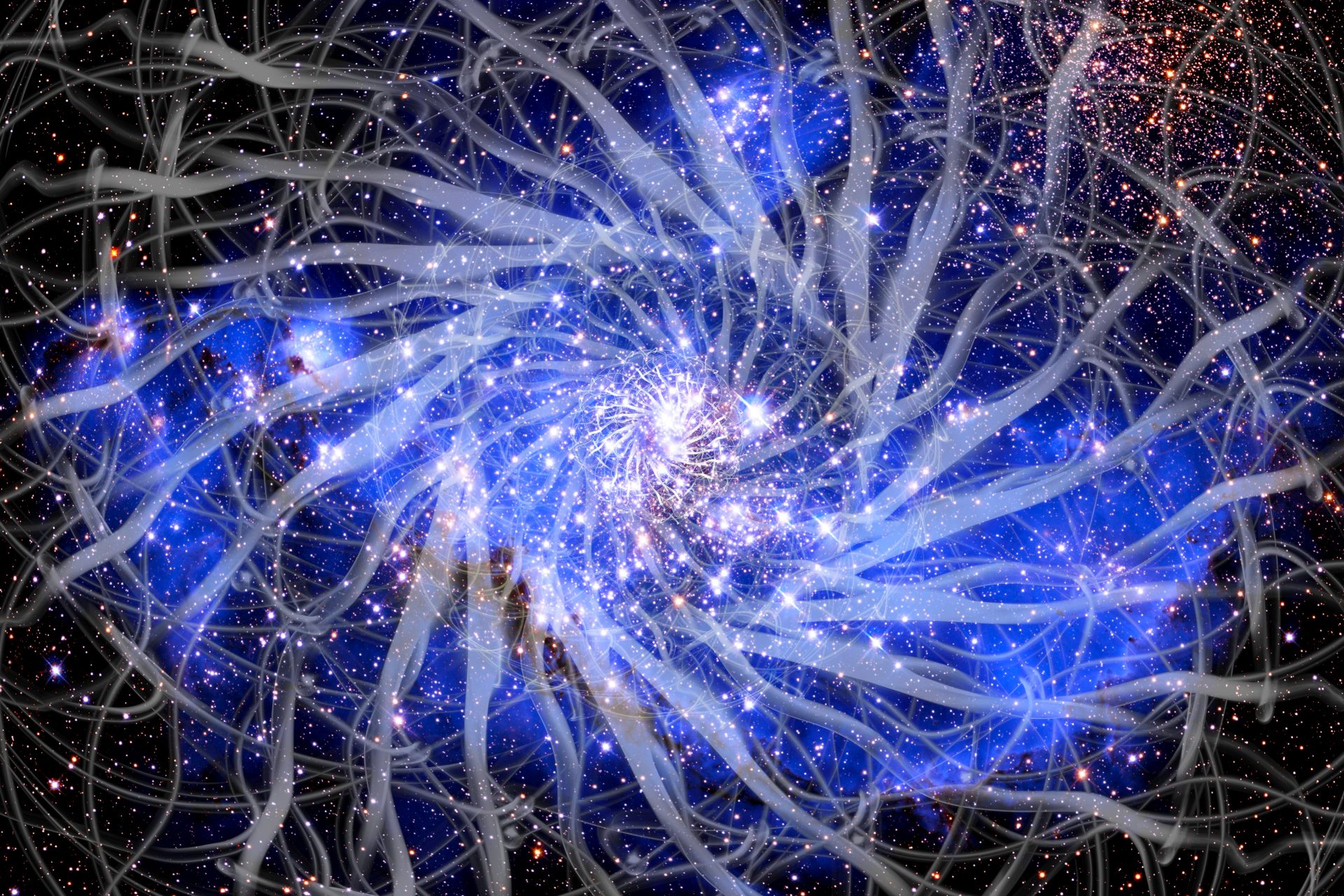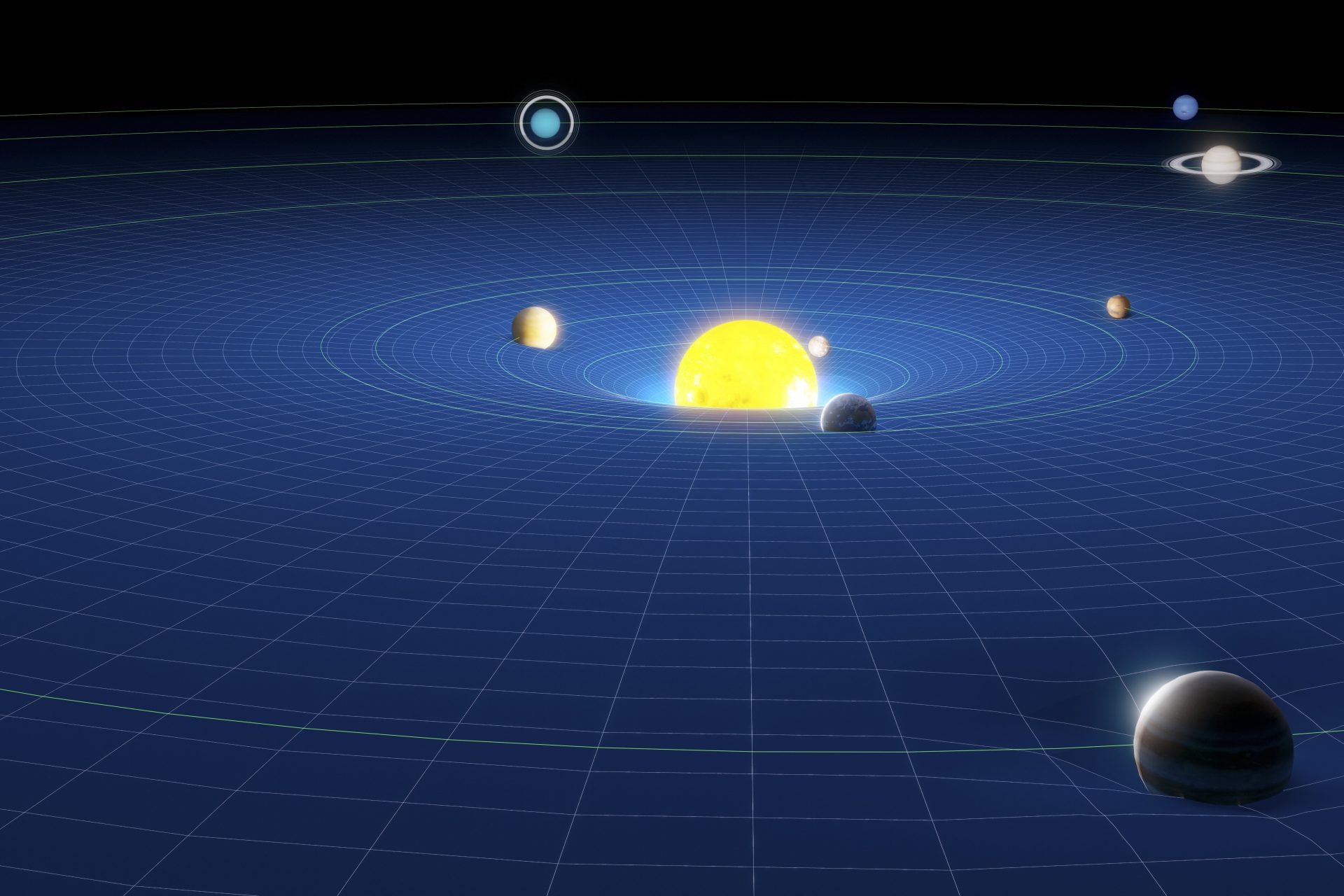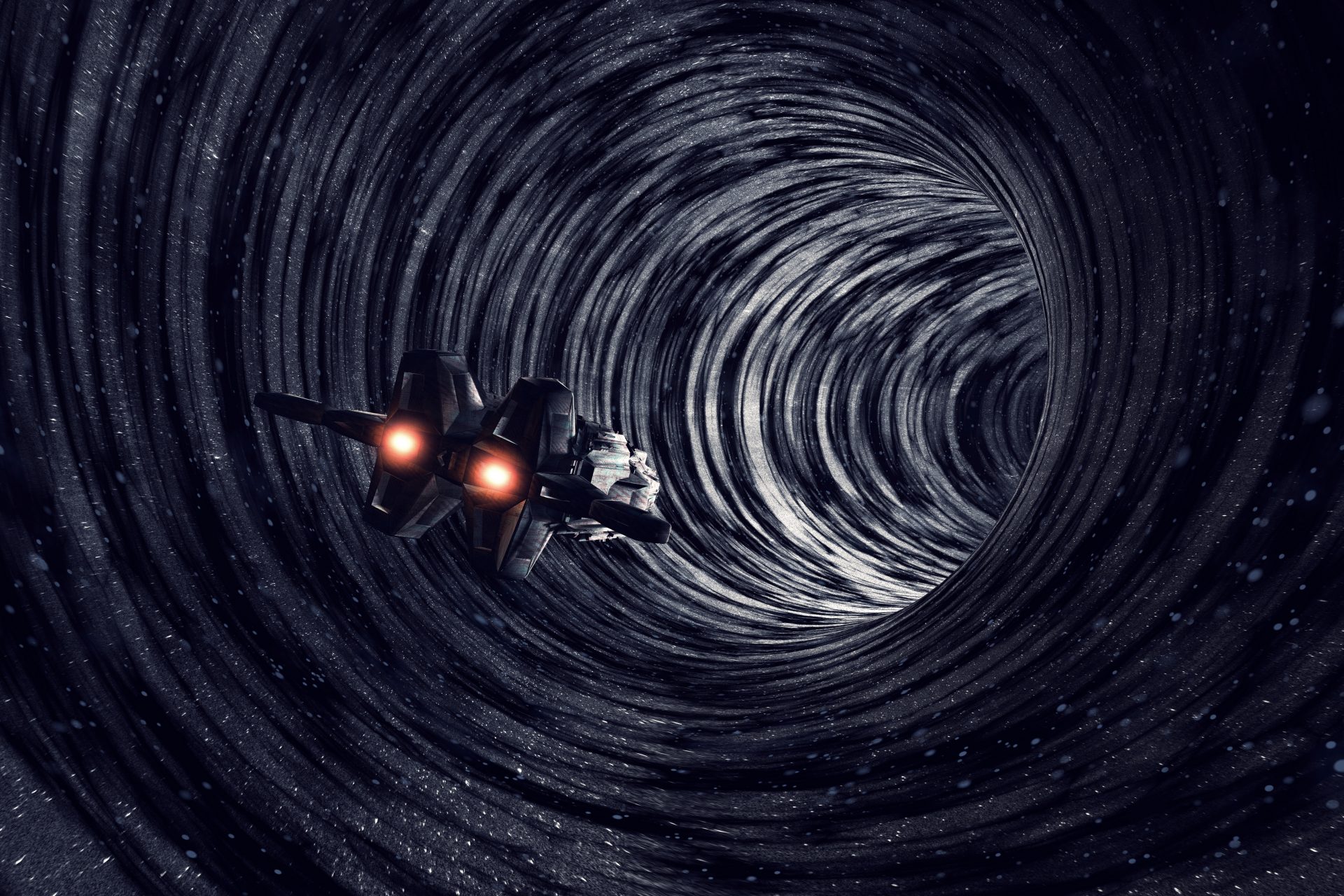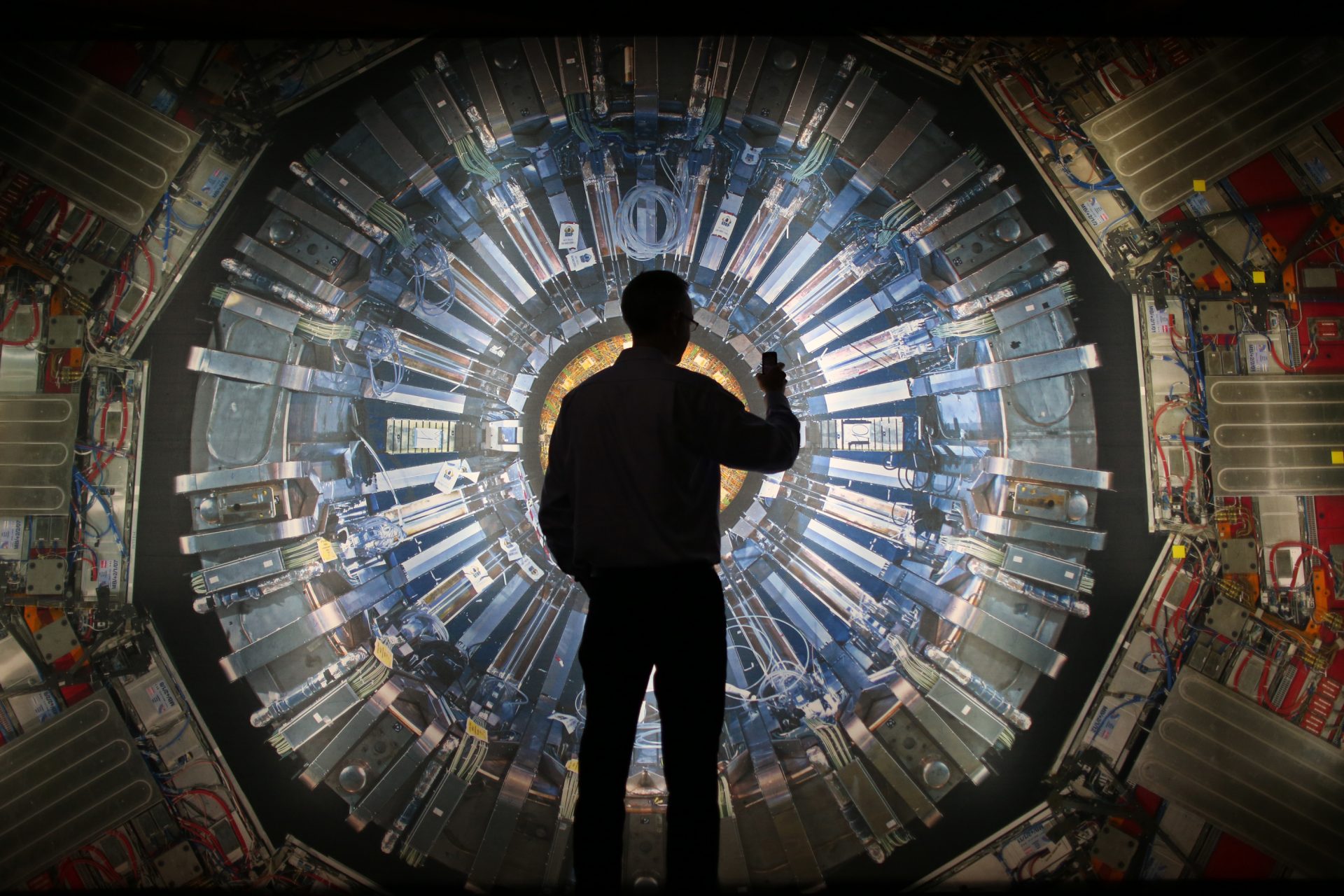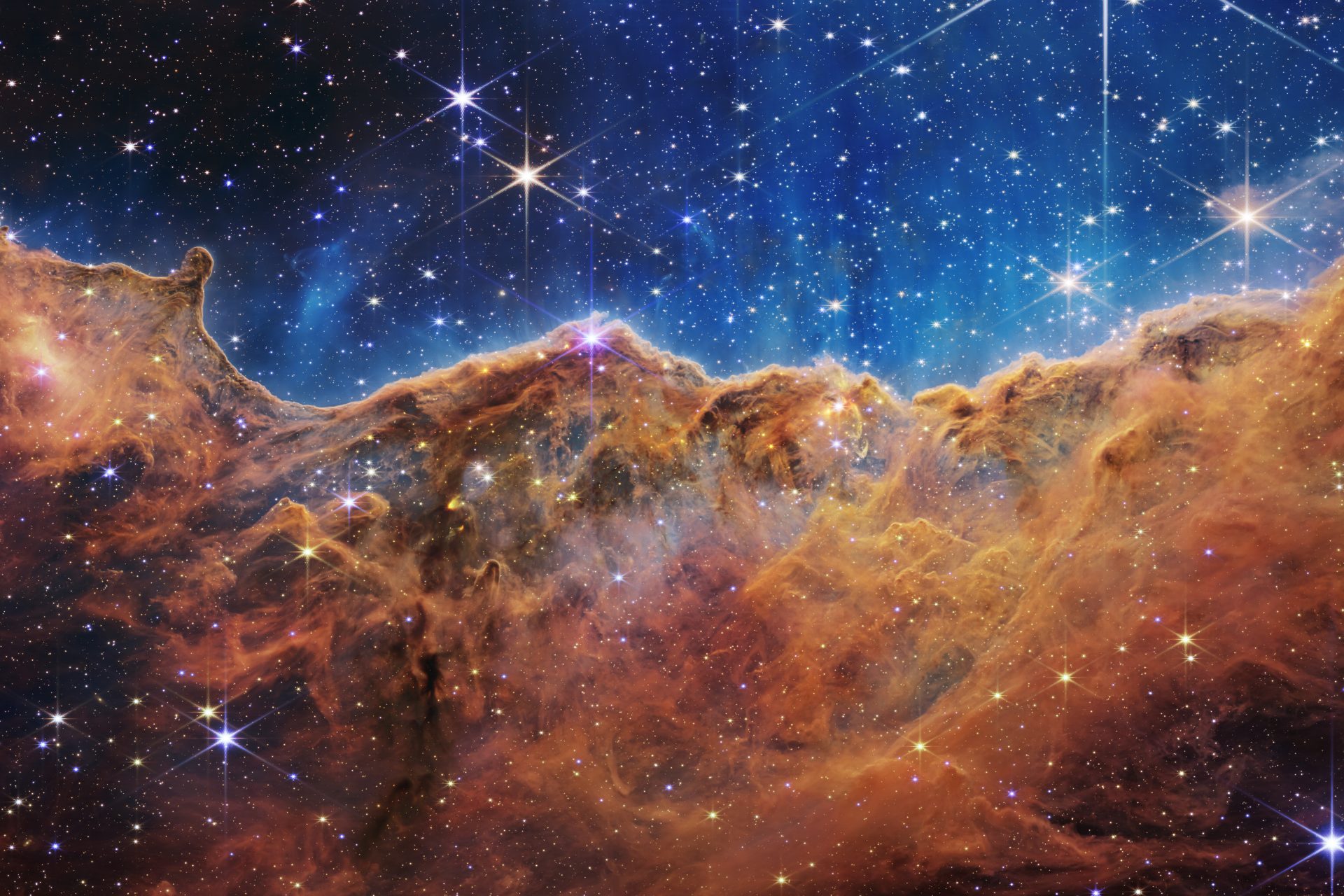Understanding a mysterious subject: Dark matter
What is dark matter? Have you ever heard of it before? Over the years scientists have learned a lot about it but there is still much mystery surrounding dark matter.
Dark matter is like the hidden scaffolding of the universe, unseen but essential, according to astronomists. In a standard theory, the mass-energy content of the universe is just 5% ordinary matter, 27% dark matter and 68% dark energy, according to NASA.
The concept of dark matter dates back to the 19th century. Lord Kelvin first suggested that a majority of stars may be "dark bodies." Decades later, Dutch astronomer Jacobus Kapteyn and Swiss astrophysicist Fritz Zwicky proposed the idea when they observed that galaxies didn’t have enough visible mass to account for their gravitational effects.
But understanding this hypothetical form of matter is like piecing together an invisible puzzle. "It's something we know is there," theoretical physicist from Harvard Lisa Randall said on the Lex Fridman podcast. "We deduce the existence of something that we don't directly see."
Dark matter's presence is felt through its gravitational pull, which is what clues scientists to its existence. Although gravity is relatively a weak force, since there is so much dark matter in the universe, it combines to do some big things... like driving galaxy formation.
Randall compares dark matter to the unseen workers behind a building. "It’s like when we think about a building, we think about the architect, we think about the high level, but we forget about all the workers that did all the grunt work. In fact, dark matter was really important in the formation of our universe, and we forget that sometimes," said Randall.
Dark matter even theoretically carries more energy than visible matter. "Five times the amount of energy as the matter," says Randall, underscoring its significant role in the universe's energy balance.
Unlike ordinary matter, dark matter doesn't interact with light, as far as scientists know. That's why we can't see it. It does not absorb, reflect or emit any light. As Randall put it: "It interacts gravitationally... but it doesn't experience electromagnetism," making it fundamentally different.
Photo: Paul Volkmer/Unsplash
Dark matter is thought to form a roughly spherical halo around galaxies. According to the European Organization for Nuclear Research (CERN), this is predicted because galaxies are rotating so quickly that without dark matter, they would have been torn apart long ago. Why? Because the gravity of the "ordinary matter" isn't enough to hold it together. It also explains why galaxies like the Milky Way are shaped like discs.
While we don't know what, scientists have an idea of its structure. "Scientists today think dark matter exists in a vast, web-like structure that winds through the whole universe – a gravitational scaffold that attracts most of the cosmos’ normal matter," says NASA.
Weakly Interacting Massive Particles (WIMPs) are a popular dark matter candidate. Despite extensive searches, they remain elusive, but researchers continue to seek these particles. Another particle candidate is the axion.
Primordial black holes (PBHs), possibly formed from density fluctuations shortly after the Big Bang, are a compelling candidate for dark matter. They vary significantly in mass and could mimic dark matter by exerting gravitational forces that affect galaxy formation and movement. Don't confuse these with the black holes formed from the collapse of stars!
The "hidden valleys" theory visualizes a parallel world made of dark matter that has little in common with the matter we know. These valleys contain unique particles that don't interact with our familiar matter except through gravity. This theory is intriguing because it proposes entirely new kinds of matter and interactions, potentially solving some dark matter mysteries.
Psychics and projects like the Large Hadron Collider (LHC) aim to uncover dark matter's secrets. In fact, the search for WIMPs was one of its main goals... which is still elusive. However, Randall said that new underground xenon detectors are a promising new technology.
Randall also shared a speculative theory linking dark matter to extinction events, suggesting its gravitational disturbances at the edge of the solar system could increase asteroid impacts. While unproven, it suggests how interconnected cosmic events can be.
According to the CERN, dark energy, which makes up the majority of the universe, appears to be associated with the vacuum in space. It is distributed evenly through space... and time. Said differently, it is not diluted as the energy expands and does not have local gravity effects. NASA adds that it may be responsible for the expanding universe, pushing it apart instead of pulling it back together.
Of course, dark matter sounds cool, but what could cracking its invisible puzzle really solve? According to CERN, "it could help scientists gain a better understanding of the composition of our universe and, in particular, how galaxies hold together."
Image: NASA, ESA, CSA, STScI
More for you
Top Stories



